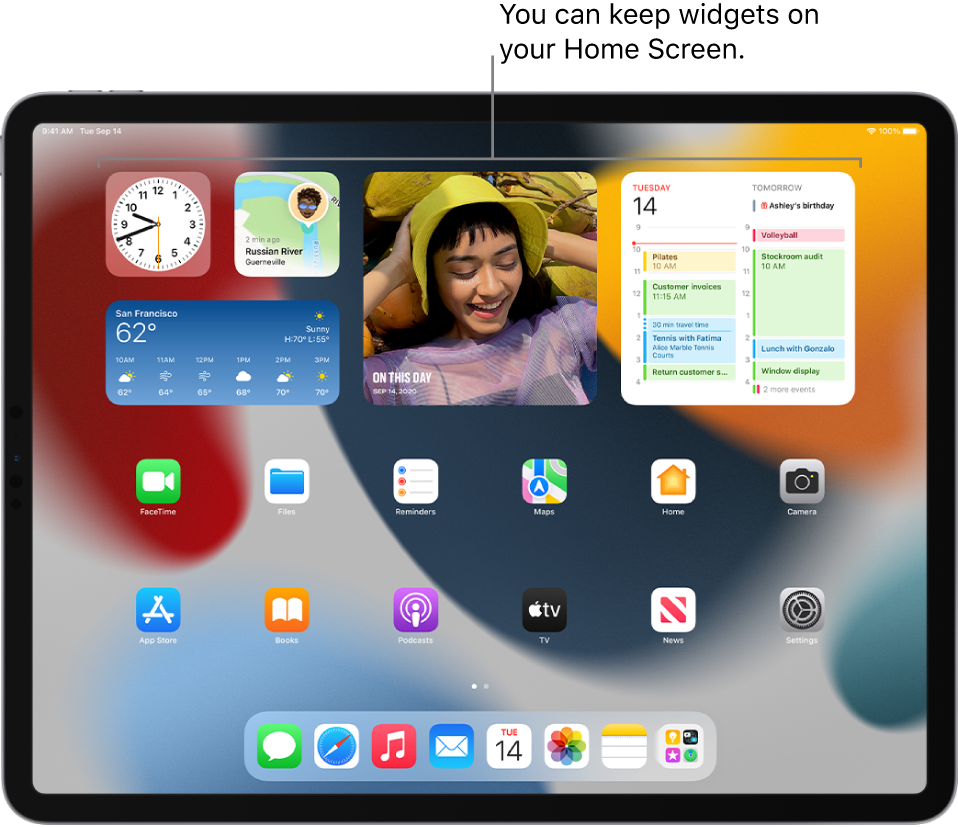
To see each widget in your stack, swipe up or down on the top widget and the next one will be revealed. Note that the widget must be the same size and shape you can’t, say, place a small widget on a medium-sized one.


When I look at the battery widget on my iPad, I can only see the iPad battery level but no sign of. When I look at the battery widget on my phone, I can only see the iPhone and the Apple Watch. If there is no widget displayed for a certain app, then the app doesn’t support it. On your widgets screen, tap the Edit button, there you will see the app widgets from apps that have widget functionality.
#ADD MACBOOK WIDGETS PRO#
You can create a stack of widgets if you want to save space or if there’s one widget you’ll only want to use occasionally. How do I add a device to the batteries widget I have an iPhone 7 in iOS 14, Apple Watch 6 and an iPad Pro also runnin on iOS 14. Answer: A: You can only add a widget if the app has support for it. From the Keyboard tab click on the ‘Customize Control Strip’ option. Open System Preferences and go to Keyboard. If you want to get rid of the widget, long-press to bring up a remove option.īut wait - there’s more: Create a widget stack You can easily add widgets button to MacBook Pro Touch Bar by following these steps. To move the widget around the screen or to another screen, just long-press it until it starts to shake and then move it where you want it.
#ADD MACBOOK WIDGETS SOFTWARE#
It will be missed, if only as a reminder of how far desktop software design has come in the last 15 years.Note that the first time you tap the new widget, you may be asked to adjust its features (for example, to tell a weather widget what you want it to report). There’s also an App Store section for Notification Center widgets in the event you want a custom one for a particular app like AirMail, Fantastical, or Todoist.īut as far as software history goes, the Dashboard was a memorable feature that set OS X apart during the truly ascendant and transformative years of post-iPod Apple. Apple has made many of the same widgets available as part of the macOS Notification Center for years, accessible through the icon in the upper righthand corner of the screen, as well as through a hotkey or trackpad gesture on Apple laptops.
#ADD MACBOOK WIDGETS MAC#
That said, it’s unlikely Mac users have been making use of Dashboard in meaningful numbers. The Launchpad overlay also shows the Dashboard app icon as a question mark, the same as with the broken up and effectively killed off iTunes. Appleosophy tried to disable and enable the Dashboard via Terminal only for the system to show it as missing even after a forced reboot. Now, in macOS Catalina, it appears Dashboard is going away for good. With OS X 10.10 Yosemite, Apple disabled the application by default, but still allowed users to access it either as a hotkey overlay or its own separate space within Mission Control. Since 2011, Dashboard has been accessible in various forms, but it’s had none of its widget design or UI updated, making it a bit of an anachronism existing behind the scenes on macOS.

With Dashboard removed in macOS Catalina, your Sticky Notes have moved to the Stickies app! /dMj6hBCWoG- Steve Troughton-Smith June 4, 2019


 0 kommentar(er)
0 kommentar(er)
